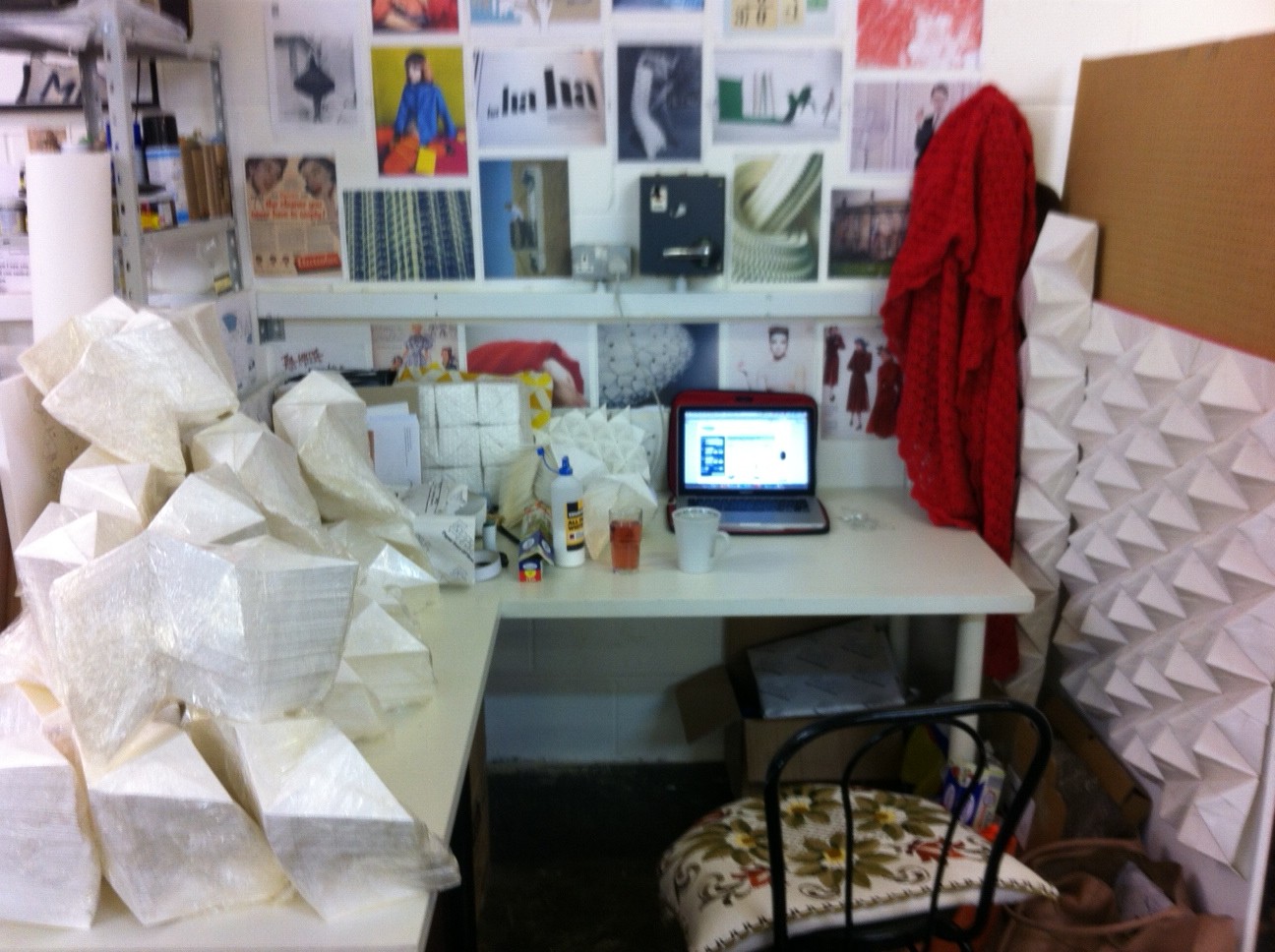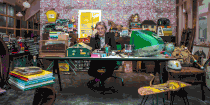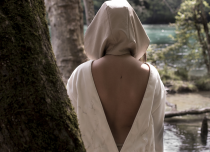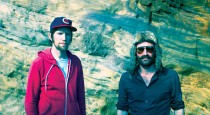Scottish designer, Kyla McCallum talks about her design studio Foldability and the process behind her exhibition currently on show at The Lighthouse, Scotland’s Centre for Architecture and Design.
Foldability is a design studio specialising in origami inspired products, packaging and bespoke pieces for interiors and events. At the moment I work mainly with lighting design and graphics but in the future I’d like to expand and do window displays and set design.
For my exhibition at The Lighthouse I was awarded a grant from The Arts Trust Scotland in November and won the IdeasTap Innovators Fund in January. With these awards, along with generous support from The Lighthouse, I was able to get a studio space and start planning for the show.

I began working on the exhibition in the middle of March from my studio down in London. I planned to exhibit roughly 20 – 30 lamps and a wall panel made from around 5,000 squares of hand-folded paper. All of the pieces in the show are made from folded squares called Sonobe modules.
On average I would do around 5 hours of solid folding a day but there were a few days where I did about 10 – 11 hours. I perhaps pushed myself a little too hard as my fingers would start to bleed!
I wrapped up the modules in packs of 100 using industrial cling to keep them clean. The pile slowly started to grow and by the time I left for Scotland I had folded 4,931 modules.
In Scotland I worked at the Verge project space for one week, which is part of Glasgow Artist Studios in Govan.
Each of the lamps are made by piecing modules together in different ways. I use a formula to determine which shape I’m creating which is a bit like a code.

The paper I used for this exhibition was Naturalis Absolute Smooth from GF Smith. I tested around 15 papers before deciding upon this one. I chose it primarily because of the warm glow it gives off when light shines through it. Also, it creases very smoothly and feels really nice to touch so it’s enjoyable to fold!
The wall panel for the exhibition was originally designed to be 3.57m wide and 6.5m tall. It was only when I started glueing it together 2 weeks before the show opening that I discovered that each row would take 1.2 hours to glue. As there were going to be 46 rows, this would have been near impossible to finish in time. So I reworked the design so that it would curve half way up the wall to create a canopy effect.
I began the wall panel at the studio in Govan and then moved it by van to The Lighthouse. It was quite difficult to wrap and transport without it getting damaged, particularly because the van I rented turned out to have a leaky roof!
After two breakdowns and a broken hand brake (really!), we finally got the panel to The Lighthouse in one piece.
A wooden frame was built to give the wall panel support. I crawled around underneath tying the origami panel to the wooden frame using fishing wire.
I predicted we would only need 4 people to move the frame and mount it on the wall but we got stuck in a doorway and 4 people from The Lighthouse and MakLab had to come to our rescue. With 8 people we managed to move the panel and drill it to the wall.

We then went up the scissor lift and tied each row to a steel wire using fishing line.
The wires for the lampshades were hung at varying heights and adjusted one by one as we put up the lamps. In total there are 23 lampshades hung in a cluster, sweeping down from the floor above.
Below are some images from the exhibition and opening night. The show runs until 30 June in The Review Gallery at The Lighthouse, Glasgow.
//////
Want to read more blogs by artists? Look here.

































Comments